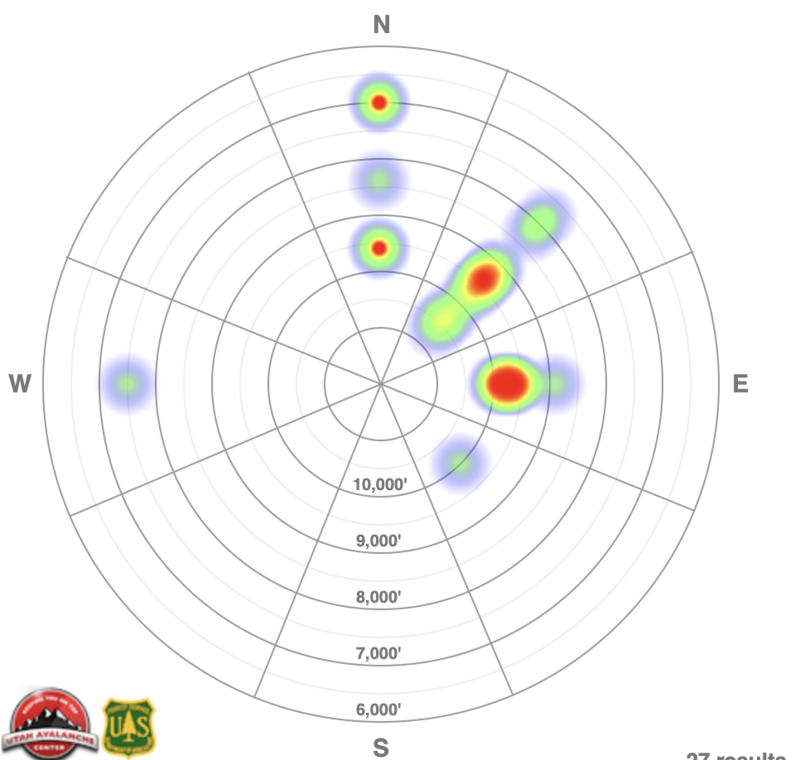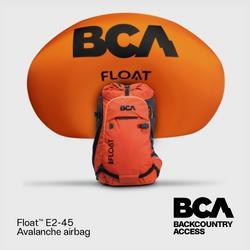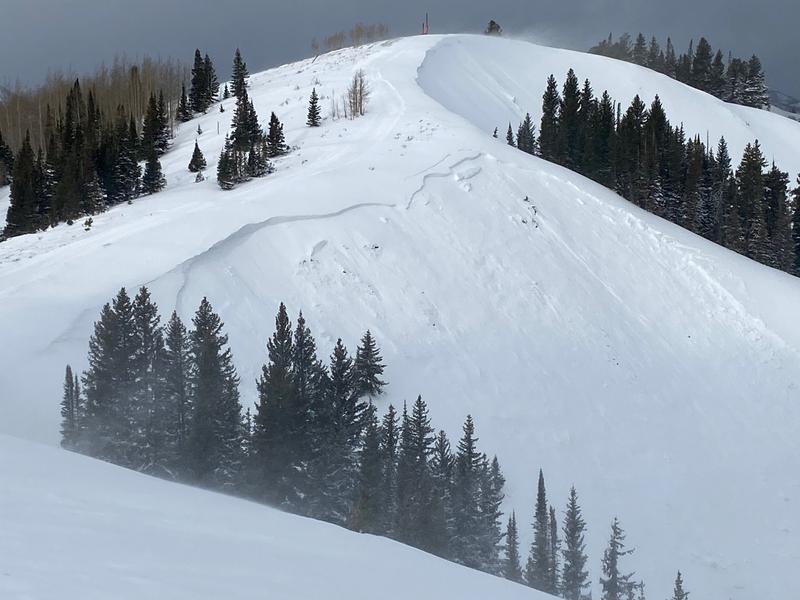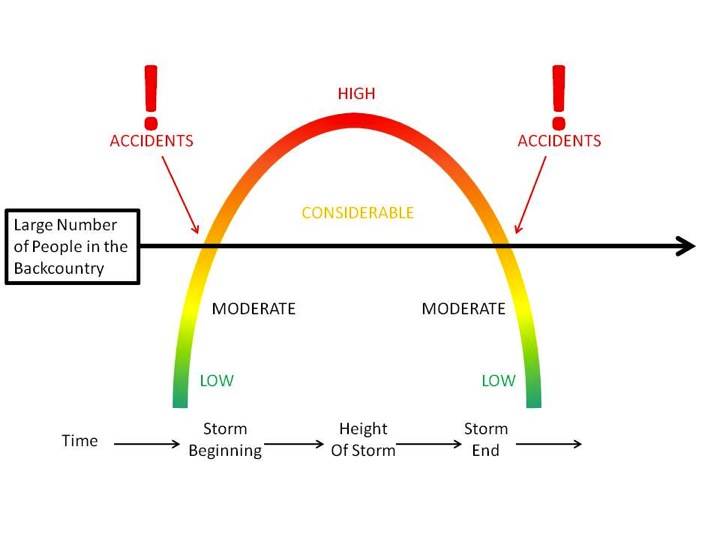Forecast for the Salt Lake Area Mountains

Issued by Greg Gagne on
Friday morning, December 9, 2022
Friday morning, December 9, 2022
The avalanche danger is CONSIDERABLE on mid and upper elevation aspects facing northwest through north and east where avalanches may break down 1-3' deep and over 200' wide. The avalanche danger is MODERATE at the mid and upper elevations on slopes facing west through south and southeast as well as low-elevation slopes facing northwest through north and east. There is a LOW avalanche danger on low elevation slopes facing west through south and southeast.
The good news is that there are fabulous riding conditions on low-angled slopes on all aspects.
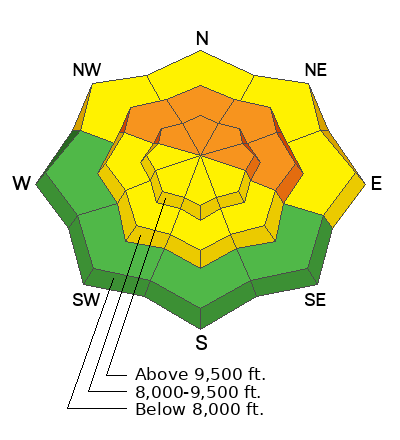
Low
Moderate
Considerable
High
Extreme
Learn how to read the forecast here




